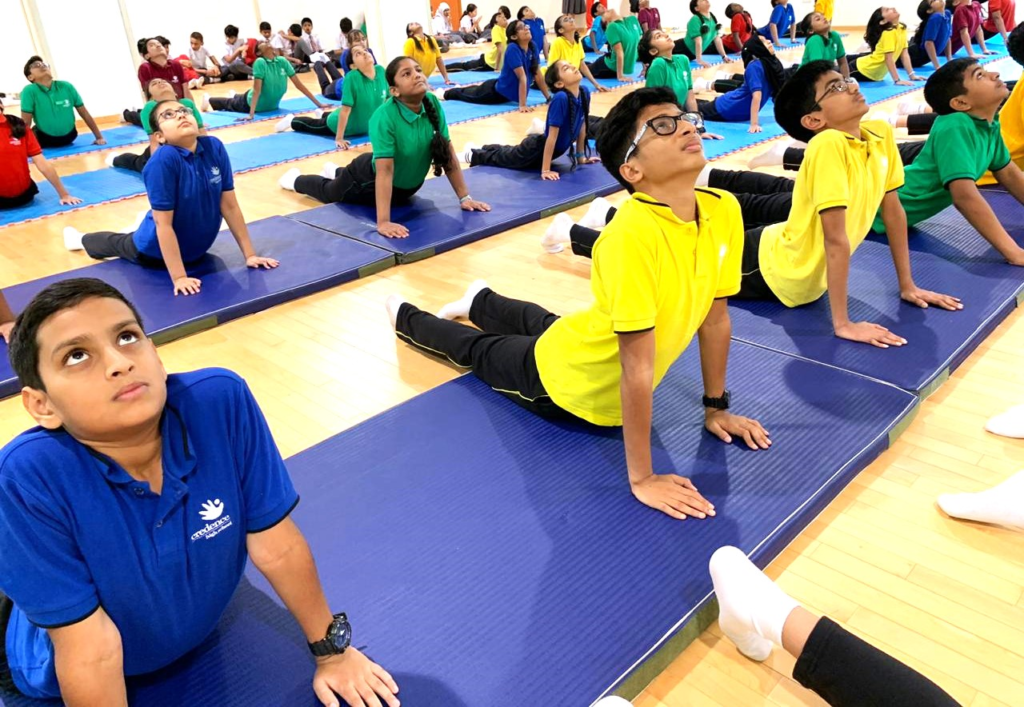
Childhood obesity is on the rise in India. A recent study found that over 8.4% of Indian children are obese, while 12.4% are overweight. This alarming statistic points to a critical need for increased physical activity in young lives.
One key solution lies in prioritizing fitness programs within Indian schools. Let’s explore the reasons why incorporating mandatory physical activity can benefit not only children’s health, but also their academic performance and potential for future sporting success.
The Alarming Rise of Childhood Inactivity
Technology and busy lifestyles have significantly reduced the amount of physical activity children engage in. Screen time dominates leisure hours, and traditional outdoor play has become less common. This lack of movement has serious consequences.
Childhood obesity is linked to a multitude of health problems, including Type 2 diabetes, heart disease, and even certain cancers. It also contributes to low self-esteem and social anxieties.
Here are some additional statistics to consider:
- A study found that screen time exceeding two hours per day is associated with an increased risk of overweight and obesity in children.
- The World Health Organization (WHO) recommends that children aged 5-17 engage in moderate-to-vigorous physical activity for at least 60 minutes daily.
The Benefits of Moving More: A Healthier Future for All
Incorporating mandatory fitness programs in schools can be a game-changer for children’s well-being. Here’s how:
- Combating Obesity and Related Health Issues: Regular physical activity helps children maintain a healthy weight, reducing the risk of obesity and associated health problems. Exercise strengthens bones and muscles, improves cardiovascular health, and boosts the immune system.
- Boosting Mental Well-being: Physical activity releases endorphins, natural mood elevators that combat stress and anxiety. Exercise can also improve sleep quality, leading to increased focus and better overall well-being.
- Sharpening Cognitive Skills: Studies have shown that regular physical activity can enhance cognitive function, memory, and concentration. This leads to improved academic performance and a greater ability to learn.
- Building Confidence and Social Skills: Team sports and fitness classes foster teamwork, communication, and leadership skills. They provide a platform for children to build healthy relationships and boost their confidence.
- Creating Lifelong Habits: Early exposure to physical activity increases the likelihood that children will continue these habits into adulthood, leading to a healthier lifestyle throughout their lives.
Beyond the Numbers: Building a Generation of Active Citizens
The benefits of mandatory programs for fitness in schools extend beyond individual health. By fostering a culture of physical activity within schools, we can create a generation of active citizens:
- Reduced Healthcare Costs: A healthier population translates to a lower burden on healthcare systems.
- Increased Productivity: Physically active individuals tend to be more productive and have lower absenteeism rates in the workplace.
- Stronger Sporting Talent Pool: A foundation of fitness built in childhood provides a fertile ground for identifying and nurturing future sporting talent.
Overcoming Challenges: Making Fitness Fun and Inclusive
Some concerns regarding mandatory fitness programs in schools deserve consideration:
- Lack of Resources: Schools may face limitations in terms of qualified physical education instructors, proper facilities, and equipment.
- Catering to Diverse Needs: Physical education programs need to be inclusive, catering to various fitness levels and abilities.
- Making it Fun: Activities should be engaging and enjoyable to avoid feelings of drudgery or exclusion.
These challenges can be addressed through:
- Increased Investment: Government and private initiatives can support schools by providing funding for infrastructure improvements, equipment, and teacher training.
- Curriculum Development: Developing a well-rounded curriculum that incorporates various activities like aerobics, yoga, team sports, and individual fitness pursuits is crucial.
- Focus on Fun and Participation: Making physical activity engaging and enjoyable is key. This can be achieved through games, group challenges, and activities that cater to multiple interests.
Building a Brighter Future with Fitness in Schools
Prioritizing fitness programs in schools isn’t just about ticking a box. It’s about investing in the health and well-being of future generations. By creating a culture of fitness in schools, we can empower children to lead healthier, happier, and more productive lives. So, let’s get them moving!
